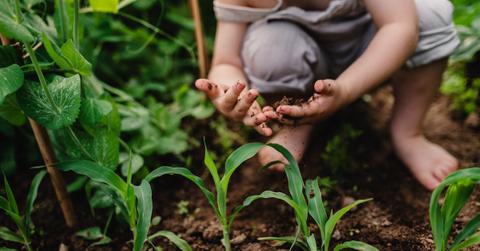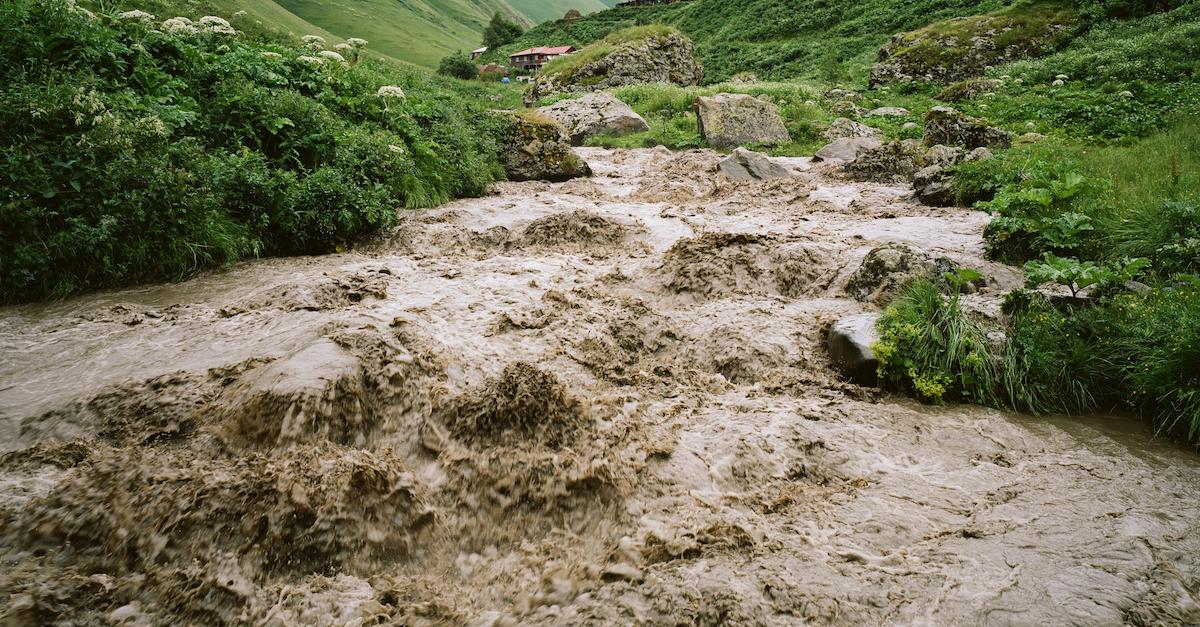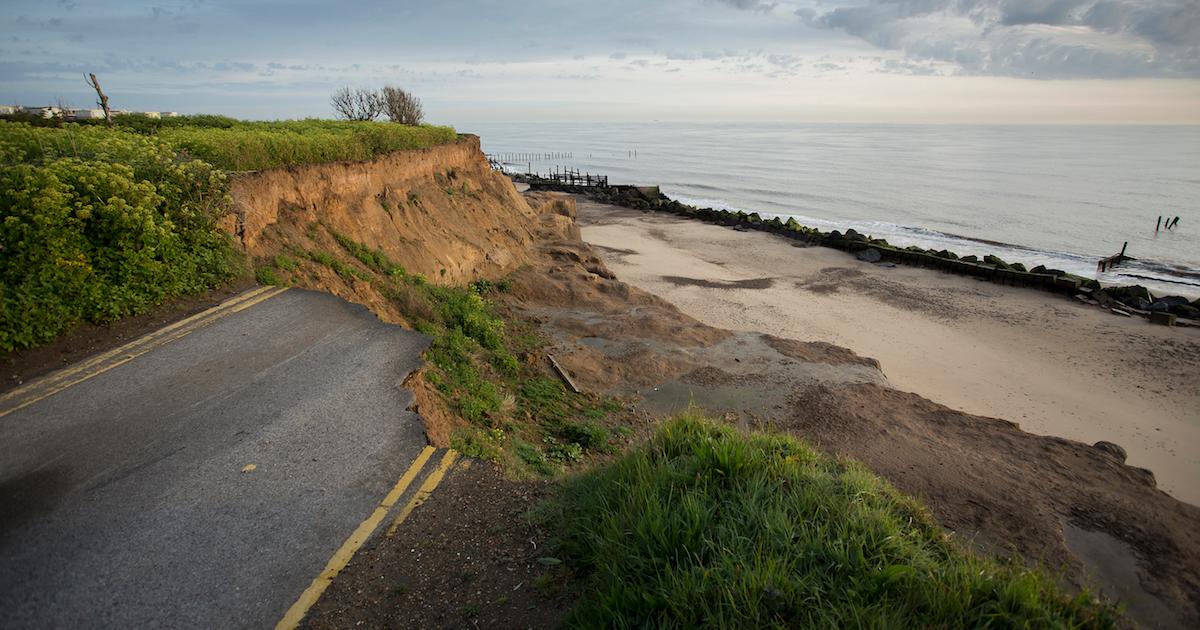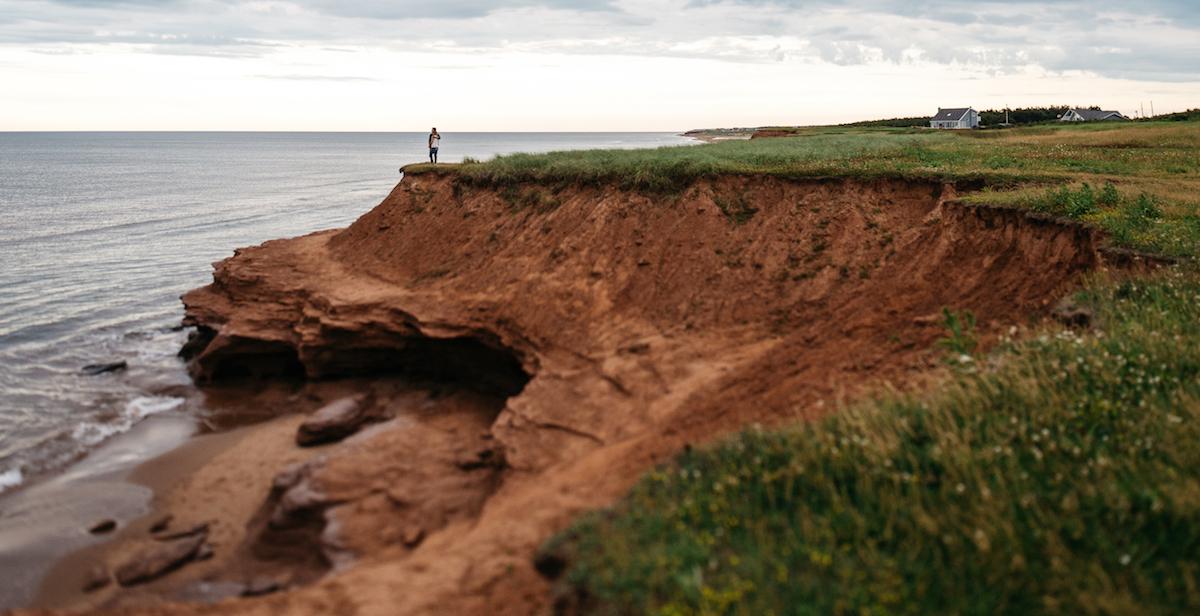What Is Soil Conservation? Everything You Need to Know
Published Dec. 10 2020, 3:35 p.m. ET

It may just look like dirt to you, but did you know that soil is one of our most valuable natural resources? Think about it for a moment. Soil provides firmament for us to live and build upon. It provides nutrients for trees, plants, crops, animals, and a hundred million microorganisms that are essential for life to continue on this planet. If the soil becomes unusable or unstable, then the whole process stops, nothing else can grow, and nothing can break down.
In order to prevent this from happening, we need to be mindful of the amazing ecosystem beneath our feet. But what is soil conservation, anyway, and how do we take an active part in it?

What is soil conservation?
Soil conservation is defined as the prevention of loss of the topmost layer of the soil. In essence, it is protecting dirt from the many troubles that dirt is susceptible to. You might not think it to look at it, but dirt isn’t just something that goes in your flower beds. It is necessary at many different stages in the life cycle.
Soil conservation is the act of preventing soil from being eroded and from losing its fertility because of things like over usage, acidification, salinization, or contamination by manmade chemicals.
What causes soil erosion?
Deforestation is one of the biggest causes of large scale soil erosion. Over time, clear-cutting and deforestation can strip all the nutrients from the remaining soil, sometimes causing full-scale desertification. This is the most egregious example of soil erosion, of course, but similar destruction can be caused by slash-and-burn agriculture and unsustainable methods of subsistence farming.
Slash-and-burn farming is a process in which the natural vegetation is cut down and burned so that the land can then be cleared for cultivation. Though this doesn’t always cause erosion or loss of soil fertility at the onset, overuse and unsustainable crop rotations can leave the land completely unfit in a few short years. When this happens, the farmers move on to other fertile lands nearby, heedless of the damage they have heaped upon the ecosystem they left behind.

What causes soil infertility?
Soil infertility usually occurs when the quantities of nutrients are removed from the soil by over-farming or unsustainable farming practices. This type of soil destruction is usually linked to erosion and slash-and-burn farming as well and occurs when the nutrients in the harvested products exceed the quantities of nutrients being applied. This usually occurs in large, commercial farming areas, where the nutrient requirements of the crops are pulled from the soil themselves.
The more these areas are farmed however, the less healthy each subsequent crop grows. Chemical additives and nitrogen-rich fertilizers can help the situation for a time but eventually, the natural properties of the soil will simply die out. If we run out of arable land to grow food for billions of humans and animals across the globe, humanity is going to be in big trouble. This is why soil conservation is so important.
How do we conserve soil?

There are a number of effective techniques out there for improving soil conservation — some of which humans have been doing since the beginning.
Crop rotation
Crop rotation is a great way to fight soil infertility and one that has been utilized with great success for as long as we’ve had crops to grow. According to the Rodale Institute, crop rotation is considered a form of best practice in organic farming. Crop rotation is the practice of growing a series of different types of crops in the same area across the growing seasons. Different crops have different nutrient requirements. Because the crops are being switched out each season, the process reduces reliance on one set of nutrients.
Covering crops
Covering crops is the act of rotating cash crops with other year-round plants so as to blanket the soil over the course of the year. This acts as a sort of green manure that replenishes nitrogen in the soil, as well as other critical nutrients. This practice can also help to suppress weeds, which needlessly sap nutrients from the already highly-taxed soil.
Contour plowing
Contour plowing reduces runoff and helps crops and the soil to maintain a constant altitude. It is achieved by furrowing the ground with contour lines between the crops themselves. This method was actually practiced by the ancient Phoenicians and has been known to retain more soil and increase crop yields from 10 to 50 percent.

Windbreaks and terrace farming
Creating windbreaks is a great way to minimize soil erosion on flat farming areas. This is facilitated by planting rows of dense trees between the crops themselves — evergreens are a good year-round solution for this — or by planting crops in a non-traditional way. Deciduous trees may work too, so long as they can stand guard all year.
Terracing is the practice of creating a plantable area, not on a flat plane, but a hillside area. It is essentially planting on a series of steps, each one at a higher level than the next. The terraces form a series of steps, each at a higher level than the previous. These neat terraces are not only protected from erosion, they also provide some protection from high winds.
What other soil conservation methods exist?
There are many other ways to conserve soil, though these are not as tried and true as some of those mentioned earlier. Many of the newer methods require additional elements. Managing the salinity and keeping an eye on the living organisms that exist in the soil can do wonders for keeping soil fertile.
Salty soil is caused by irregular and unsustainable irrigation using saltwater, and soil organisms are often killed by chemicals and toxins designed to “keep plants safe from pests.” In both cases — in most cases, really — the solutions for soil conservation lie in a change of agricultural practice. But until the farming industry understands the consequences of its unsustainable techniques, change and healing could be a long way away.